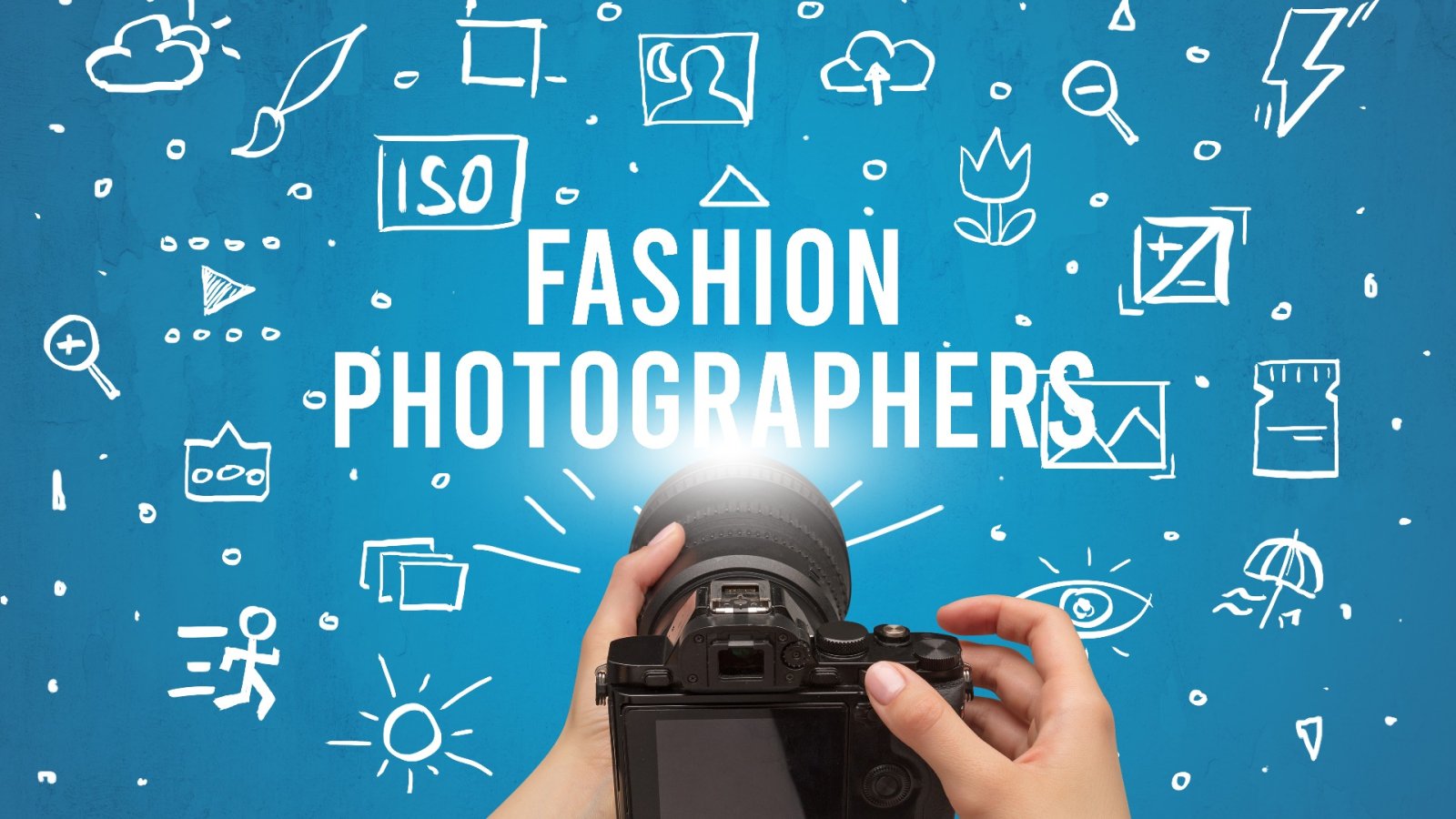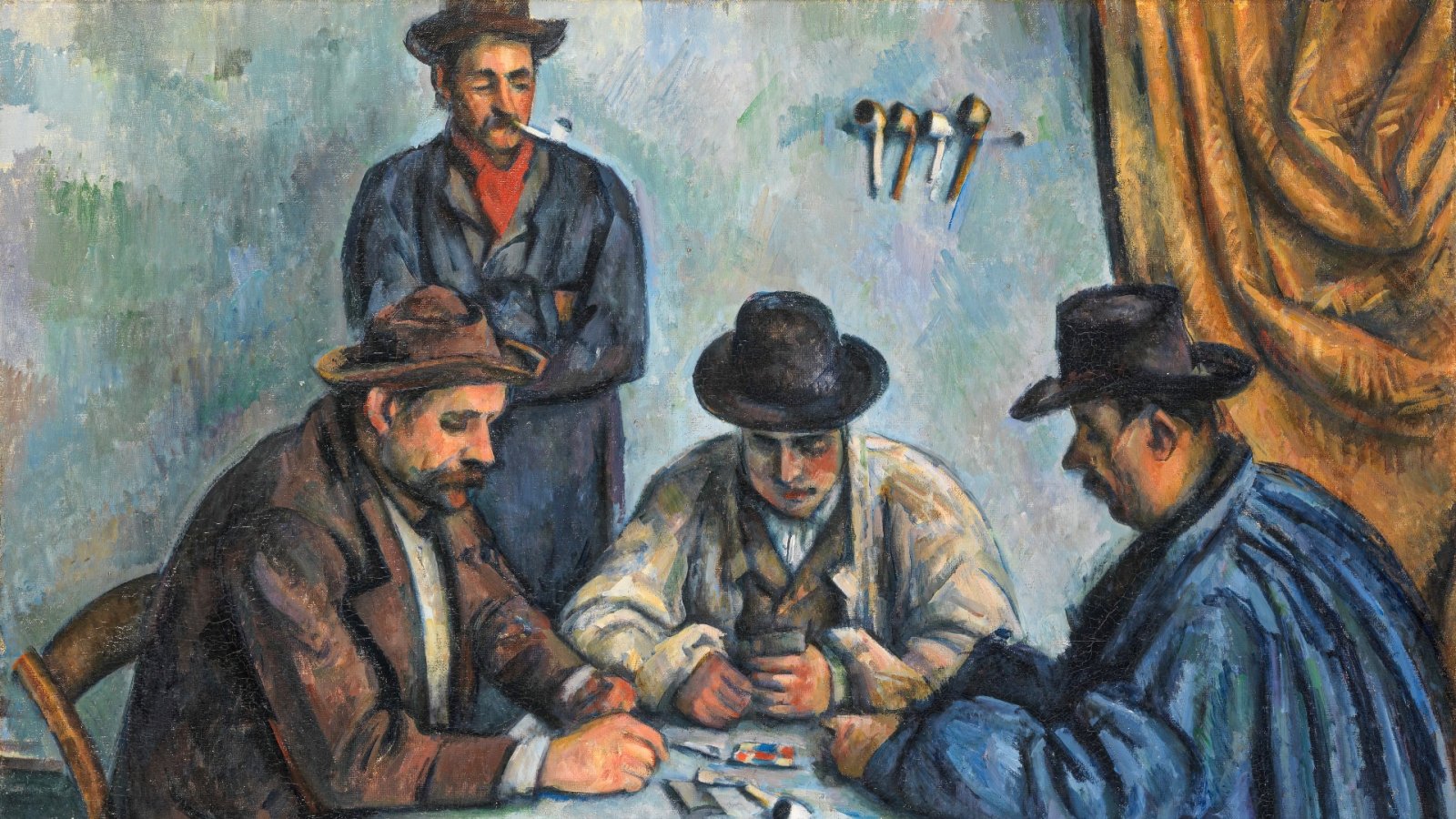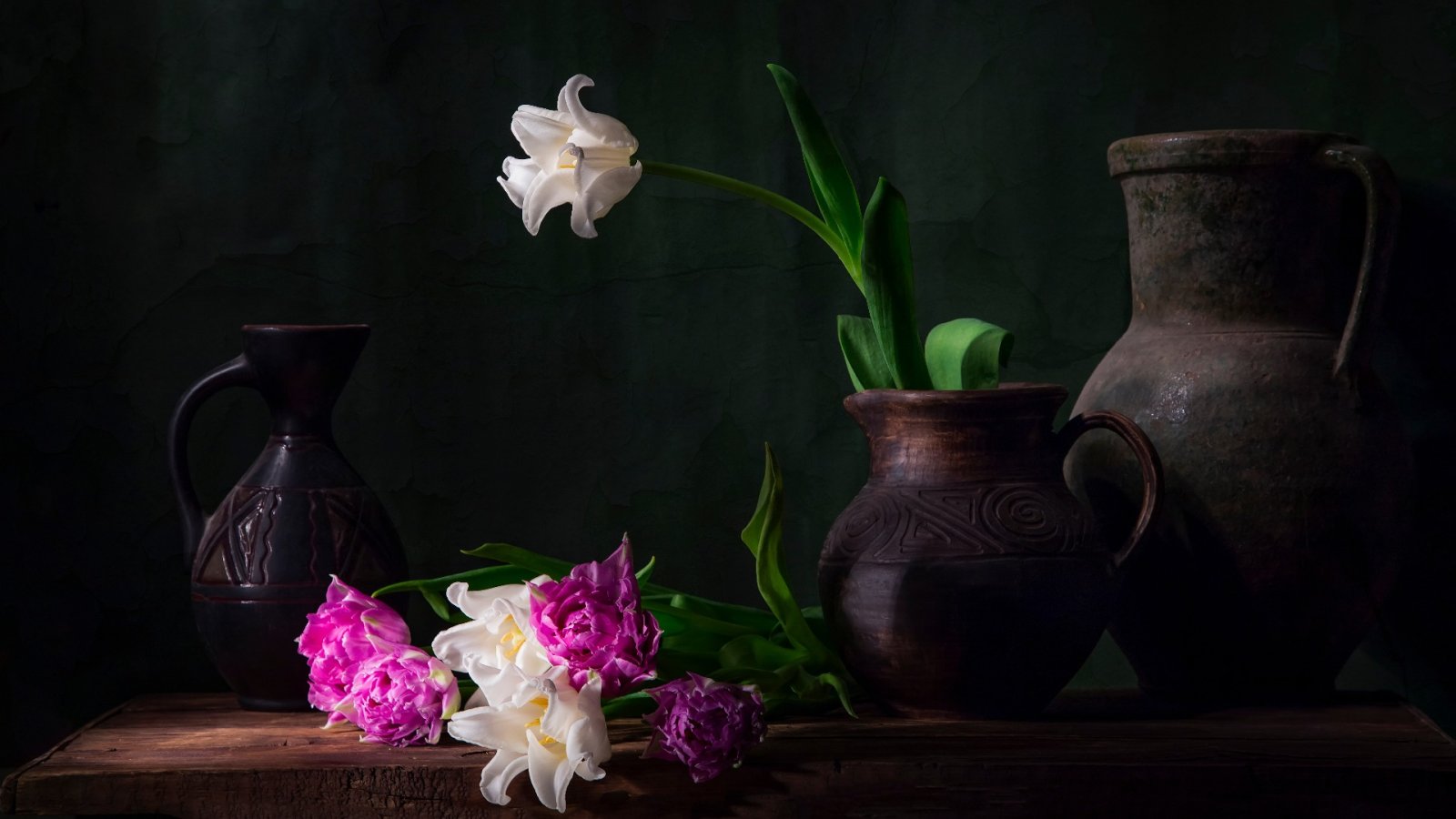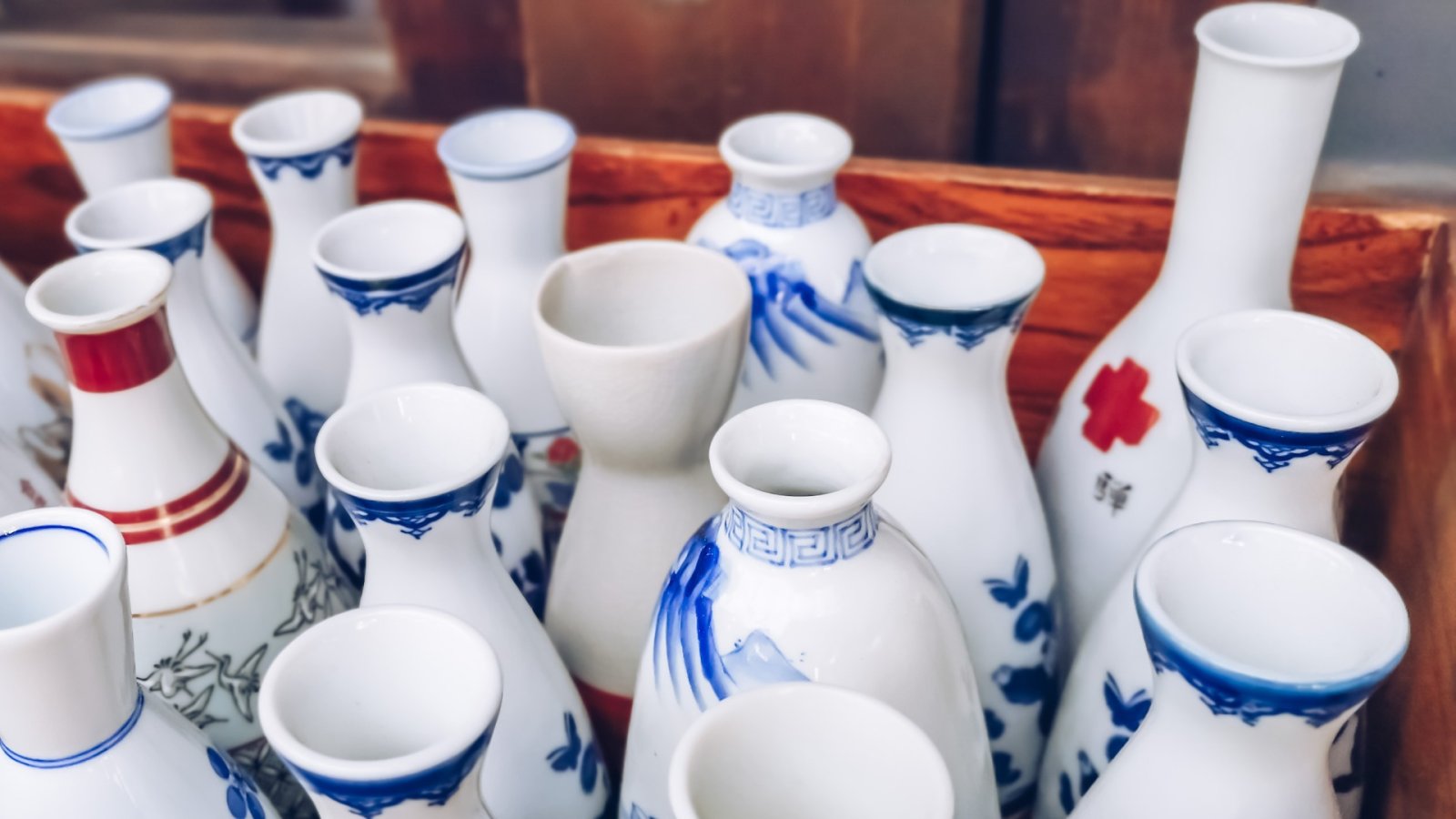Denver Art Museum (DAM) er i øjeblikket vært for en fængslende keramikudstilling, der viser den lange tradition for produktion af lertøj i Korea, lige fra det første århundrede e.Kr. til nutidige værker. Med titlen "Perfectly Imperfect: Korean Buncheong Ceramics," udstillingen - organiseret i samarbejde med National Museum of Korea (NMK) - vil være at se frem til den 7. december 2025.
Dette keramikudstilling er det første output fra et betydeligt kunsttilskud fra NMK til DAM, som vil finansiere en række koreanske kunstudstillinger og programmer i løbet af de næste tre år.
Som titlen indikerer, belyser udstillingen udsøgte buncheong-stykker, de fleste dateres tilbage til det 15. århundrede. Udstillingen er co-kurateret af to kvinder, Hyonjeong Kim Han og Ji Young Park (DAM's National Museum of Korea Fellow of Korean Art) - en bemærkelsesværdig detalje, da koreanske keramikere traditionelt har været mænd. I gallerier oplyst af keramikkens grå-grønne nuance diskuterede kuratorerne den kulturelle betydning af buncheong ware for koreansk national identitet og historie, såvel som udviklingen af keramikproduktion, efter at kejserlige edikter blev fjernet.
Produktionen af buncheong ware opstod i slutningen af det 13. århundrede, hvilket faldt sammen med betydelige politiske, økonomiske, religiøse og filosofiske skift, da Goryeo-dynastiet gav plads til Joseon-dynastiet i 1392. Omkring dette tidspunkt blev koreansk celadon (olivengrønt keramik affyret kl. lavere temperaturer) faldt i popularitet og blev overgået af buncheong-keramik belagt med en hvid slipglasur og brændt ved højere temperaturer.
De fremviste buncheong-værker er både elegante og rustikke. Udstillingen byder på århundredgamle risskåle, tøndeformede flasker, vinbeholdere og en placentakrukke med et hvælvet låg, der bruges til at indkapsle efterfødslen og navlestrengen fra børn født af kongelige familier.
Stykkerne komplementerer hinanden på grund af det oprindelige grålige koreanske ler og den blege hvide slipbelægning skabt af leret og vandet. Men dekorationerne illustrerer en bred vifte af teknikker, der anvendes af koreanske buncheong-keramikere. Designene er dristige, abstrakte og teksturerede. Kuratorerne fremhævede, at celadon-keramikere generelt fremstillede funktionelle genstande til brug i kongelige domstole, te-ceremonier og andre buddhistiske munkeritualer. Pottemagere ville præsentere keramik til regeringen som hyldest, mens administrationen kvælede kunstneriske udtryk ved primært at begrænse dekorationer til mærkning. Buncheong wares opstigning stammede også fra den japanske invasion af Koreas sydvestlige kystlinje i denne periode. Da besættelsesstyrkerne ødelagde adskillige celadonovne, rejste sig buncheong-keramik for at udfylde tomrummet efter den faldende celadon-tradition.
Udstillingen demonstrerer, hvordan ældgamle buncheong-teknikker og -design fortsætter med at inspirere moderne keramiske kunstnere, med en gallerisektion fokuseret på modernister, der genfortolker hvide slipglasurer.
En anden udstilling viser keramikskår udgravet fra ovnpladser, som viser delvist kollapsede kar, stykker klæbet sammen og revner dannet under brænding. Showet inkorporerer fordybende elementer, såsom berørbare etiketter, der giver besøgende mulighed for at opleve forskellige teknikker gennem taktilt engagement. Et 3D-puslespil med replika-keramikfragmenter inviterer gæster til at prøve at rekonstruere skår arkæologisk. En video giver et kig bag kulisserne på processer som barfodet æltning af ler og affyring af glaserede værker. En montre viser sortimentet af værktøjer, der er blevet brugt gennem århundreder.
Det igangværende DAM-NMK samarbejde vil bestille en installation af den koreansk-amerikanske kunstner Sammy Seung-min Lee, der i øjeblikket er i Sydkorea som Fulbright Scholar. Art & Object har tidligere vist Lees hanji-papirer i hendes soloshow i Denver Botanic Gardens, hvor hun udforskede traditionelle koreanske kunstformer.






